Fernando Tohmé
An Assessment Tool for Academic Research Managers in the Third World
Sep 07, 2022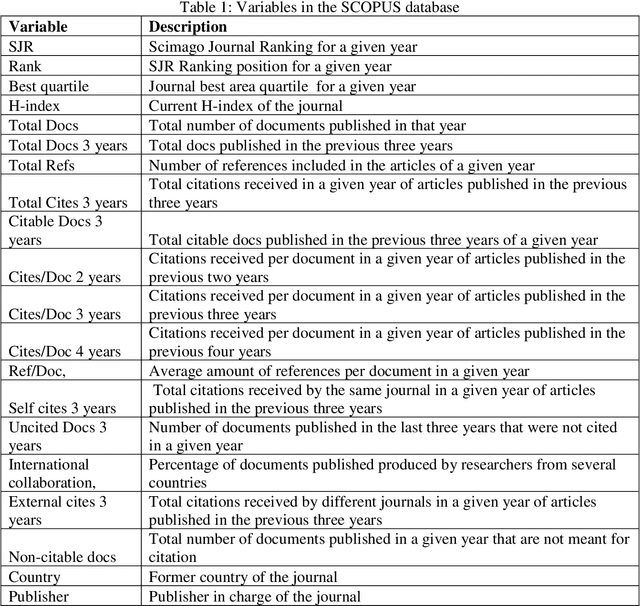
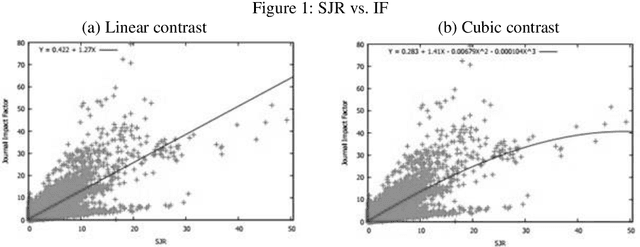
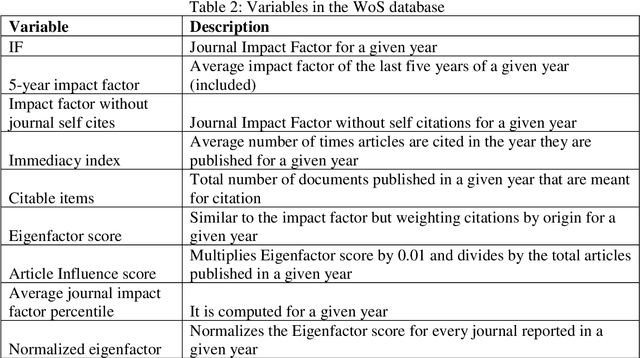

Abstract:The academic evaluation of the publication record of researchers is relevant for identifying talented candidates for promotion and funding. A key tool for this is the use of the indexes provided by Web of Science and SCOPUS, costly databases that sometimes exceed the possibilities of academic institutions in many parts of the world. We show here how the data in one of the bases can be used to infer the main index of the other one. Methods of data analysis used in Machine Learning allow us to select just a few of the hundreds of variables in a database, which later are used in a panel regression, yielding a good approximation to the main index in the other database. Since the information of SCOPUS can be freely scraped from the Web, this approach allows to infer for free the Impact Factor of publications, the main index used in research assessments around the globe.
Improving Event Detection using Contextual Word and Sentence Embeddings
Jul 02, 2020
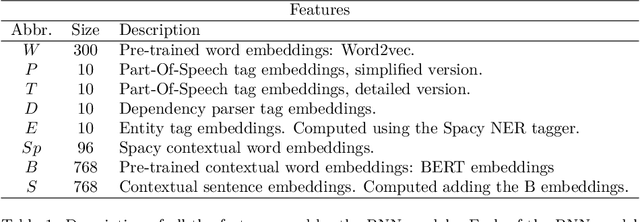
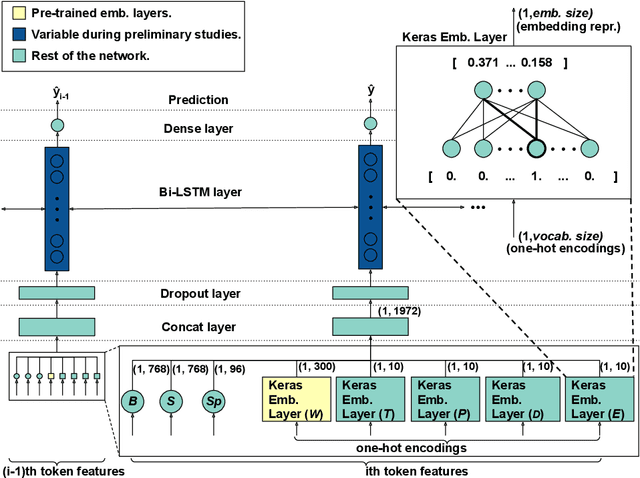
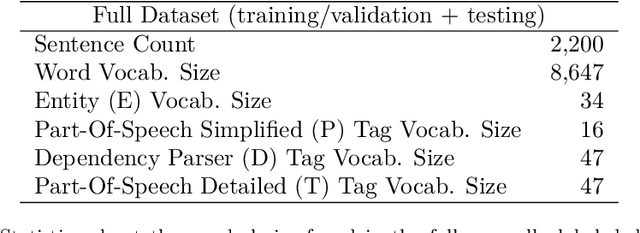
Abstract:The task of Event Detection (ED) is a subfield of Information Extraction (IE) that consists in recognizing event mentions in natural language texts. Several applications can take advantage of an ED system, including alert systems, text summarization, question-answering systems, and any system that needs to extract structured information about events from unstructured texts. ED is a complex task, which is hampered by two main challenges: the lack of a dataset large enough to train and test the developed models and the variety of event type definitions that exist in the literature. These problems make generalization hard to achieve, resulting in poor adaptation to different domains and targets. The main contribution of this paper is the design, implementation and evaluation of a recurrent neural network model for ED that combines several features. In particular, the paper makes the following contributions: (1) it uses BERT embeddings to define contextual word and contextual sentence embeddings as attributes, which to the best of our knowledge were never used before for the ED task; (2) the proposed model has the ability to use its first layer to learn good feature representations; (3) a new public dataset with a general definition of event; (4) an extensive empirical evaluation that includes (i) the exploration of different architectures and hyperparameters, (ii) an ablation test to study the impact of each attribute, and (iii) a comparison with a replication of a state-of-the-art model. The results offer several insights into the importance of contextual embeddings and indicate that the proposed approach is effective in the ED task, outperforming the baseline models.
Superrational types
Jan 05, 2018Abstract:We present a formal analysis of Douglas Hofstadter's concept of \emph{superrationality}. We start by defining superrationally justifiable actions, and study them in symmetric games. We then model the beliefs of the players, in a way that leads them to different choices than the usual assumption of rationality by restricting the range of conceivable choices. These beliefs are captured in the formal notion of \emph{type} drawn from epistemic game theory. The theory of coalgebras is used to frame type spaces and to account for the existence of some of them. We find conditions that guarantee superrational outcomes.
 Add to Chrome
Add to Chrome Add to Firefox
Add to Firefox Add to Edge
Add to Edge